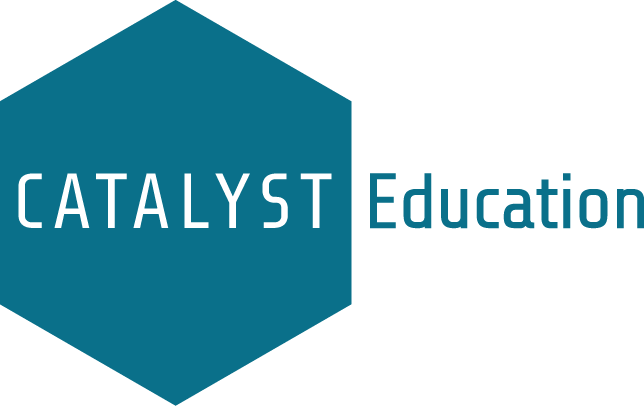Labflow Animations: Our Commitment to Accessibility
While inclusive design guidelines for illustrations are clear, designing in 3D—especially with animated movement—poses unique challenges. For example, shadows, lighting, and speed of movement all make illustrations and animations more informative, but these variables introduce new considerations in terms of accessibility.
As we move forward with 3D animation of cellular processes, we at Catalyst are constantly evaluating our content and experimenting with different illustration techniques to improve accessibility for our instructional materials. Our science animator uses rendering engines designed for realistic CGI to help ensure that our animations are accessible to everyone.
Example 1: Improving visual accessibility in 3D animation of diffusion across the plasma membrane. Early render had low color contrast, and shadowed areas were difficult to see. Bright movement in the background’s aqueous environment could have been visually distracting. This was improved by lowering the contrast in the background solution and adding a light source underneath the plasma membrane.
Example 2: Improving student understanding of chemical processes in biology representations by thoughtful design choices. Knowing that students are likely to be taking chemistry and biology concurrently or in close succession, we represent atoms in biological animations with the colors and space-filling conventions typically assigned in chemistry courses (ex: oxygen atoms are red). This is modified, however, as needed to improve the visual distinction between molecules (e.g., K+ and Na+). We use both color and size to differentiate between molecules when possible. In addition, adding halos around charged molecules (ions, ATP, etc.) helps students see the role that electrical charge plays in many biomolecular processes. Beginning each animation with clear, accessible text labels and maintaining a legend of salient molecules static throughout the video helps students track processes within the animation.
Next up in trials: Lens effect. Our plan is to have the topical part of the video in focus while the rest blurs to visually highlight which parts students should pay attention to in the moment.
As science educators, we know that animations are an important part of building a curriculum. At Catalyst Education, maximizing accessibility and improving understanding drives our design choices. We understand that this is an iterative process, and there is always room to improve. We also hope to start building a community of educators where best practices for accessible content can be shared.
Have you developed animations for your own classroom? Do you have feedback on other ways animations could be improved? We’d love to hear from you! Send us an email at hello@catalystedu.com with your thoughts/suggestions.




